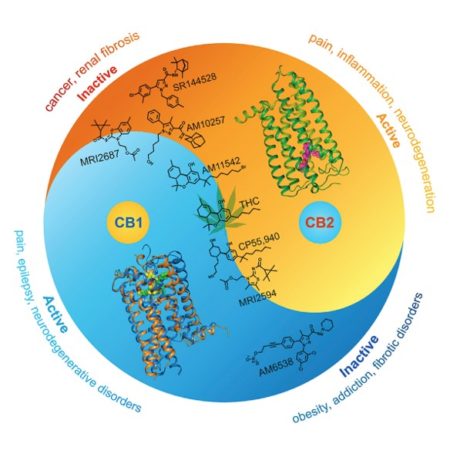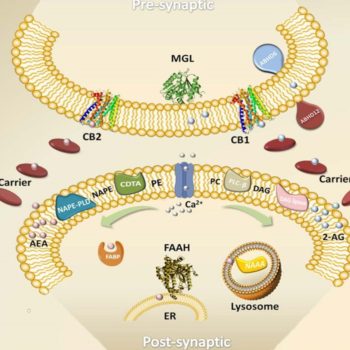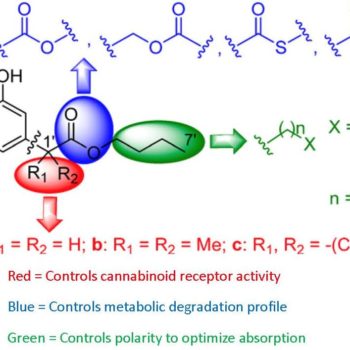It is known since ancient times that cannabis has has many therapeutic applications including its use as an analgesic, appetite enhancer, anti- inflammatory agent and in combating nausea and vomiting. However, because of its undesirable mood-altering effects, cannabis has not been fully exploited as a therapeutic agent. PafosPharma’s technology involves the creation of novel and highly effective medications that act through the endocannabinoid system without the undesirable mood-altering side effects associated with cannabis.
Scientific discoveries have shown that the human body produces endogenous cannabinoids (endocannabinoids), a family of neurotransmitters and neuromodulators. These natural substances participate in a number of physiological processes by interacting with two known cannabinoid receptors (CB1 and CB2) and are deactivated by specific enzymes and a transporter system. PafosPharma’s founder has been at the forefront of these discoveries and has contributed in a significant manner towards the characterization of the endoannabinoid therapeutic targets and the development of novel selective ligands as promising drug candidates.





